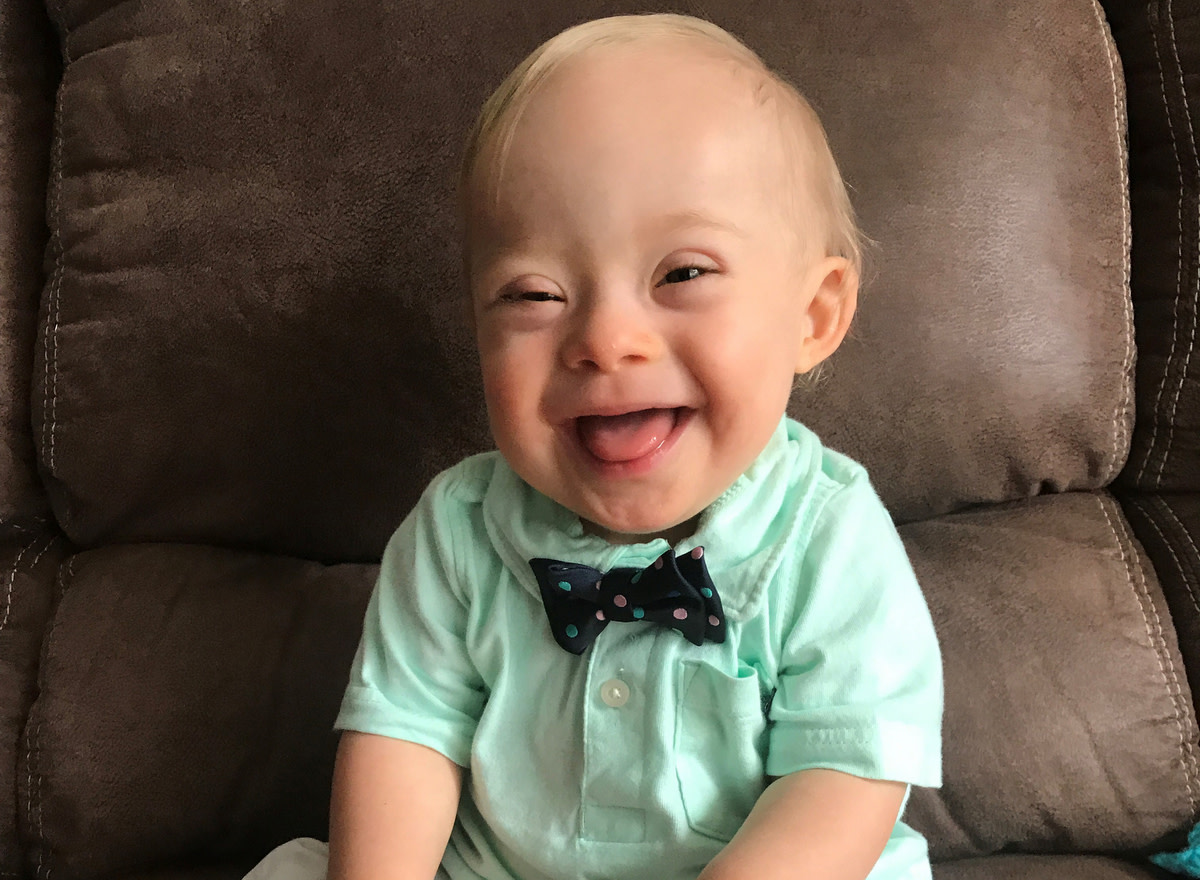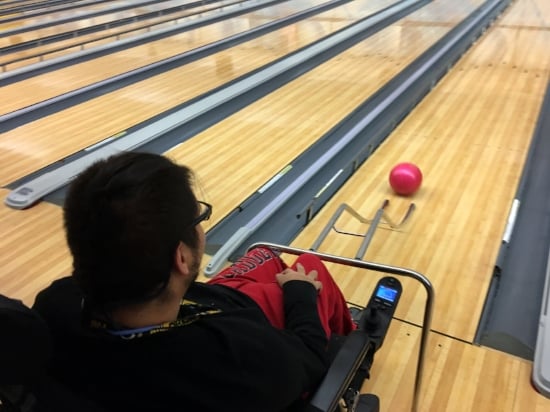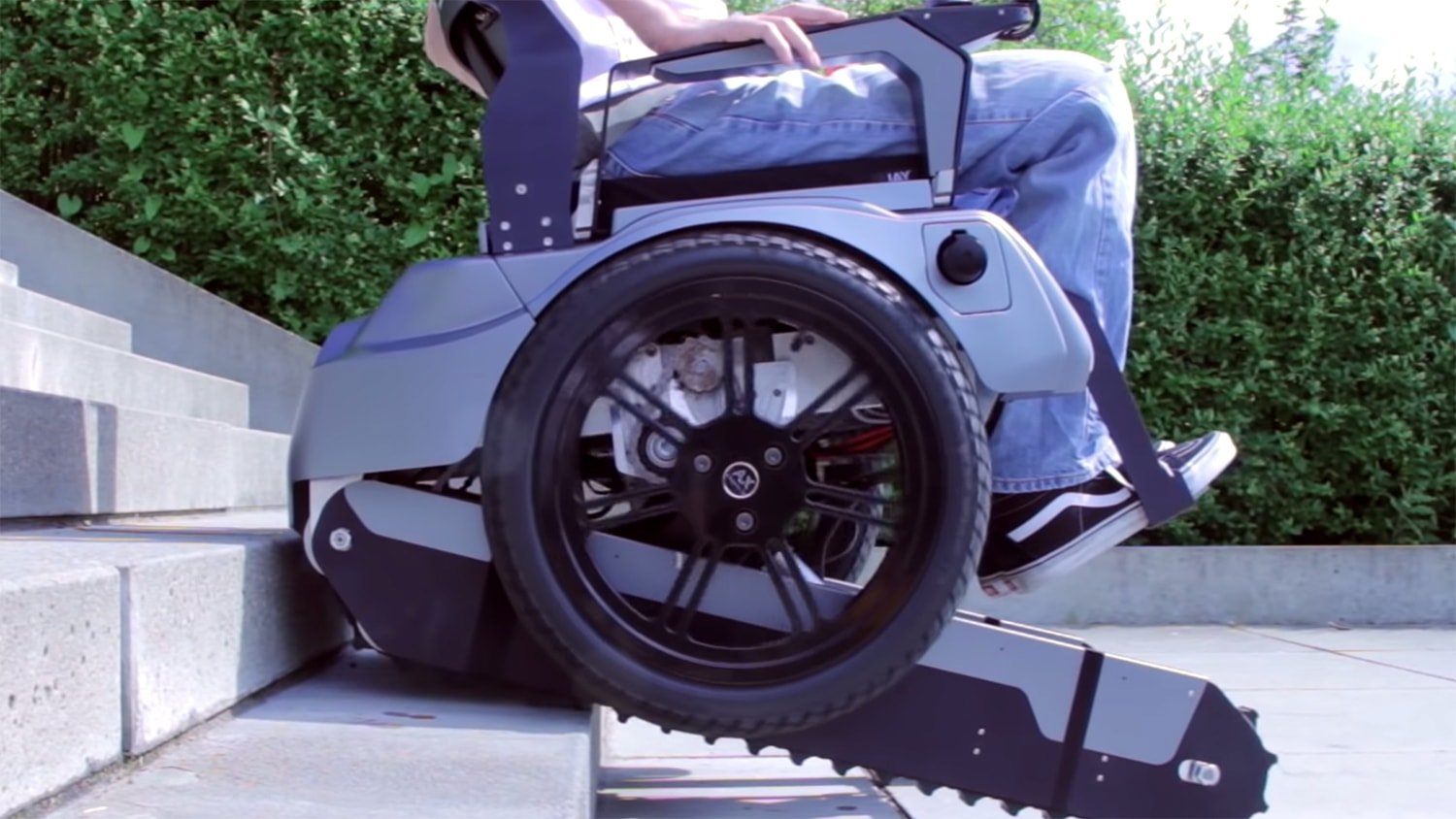
Looking for stuff like this? Follow 1800wheelchair on Facebook.
Traditionally, dogs are pets that are appreciated for their companionship and affection. They are fully dependent on their human owners. Owners might be lonelier if the dogs weren’t around, but it wouldn’t affect their daily tasks. However, not all dogs are pets. Such is the case with assistance and therapy dogs, that is, those animals that undergo extensive training to be able to perform specific tasks. There are several types, but the two major categories are service dogs and therapy dogs.
Continue reading K9 Companions for the Disabled: Learn About Service and Therapy Dogs




 In
In 








